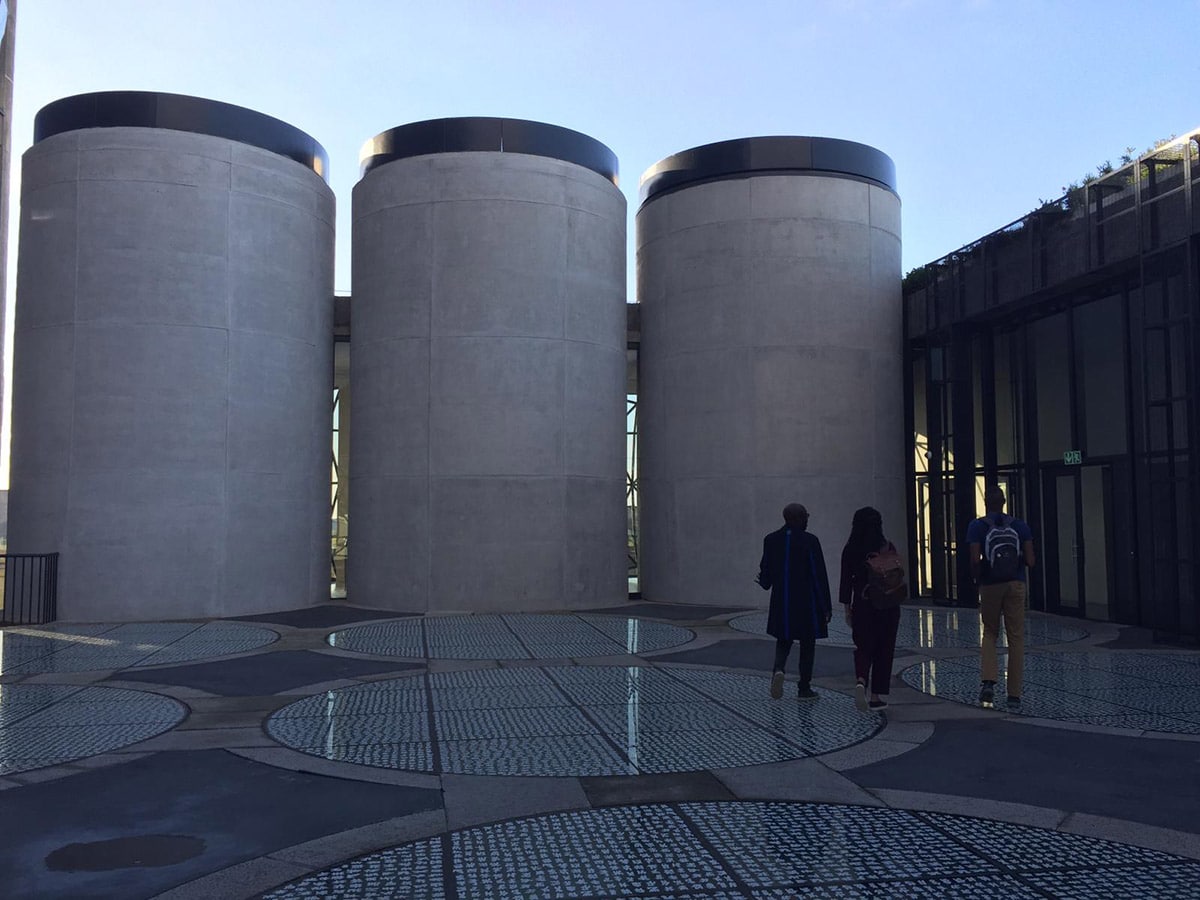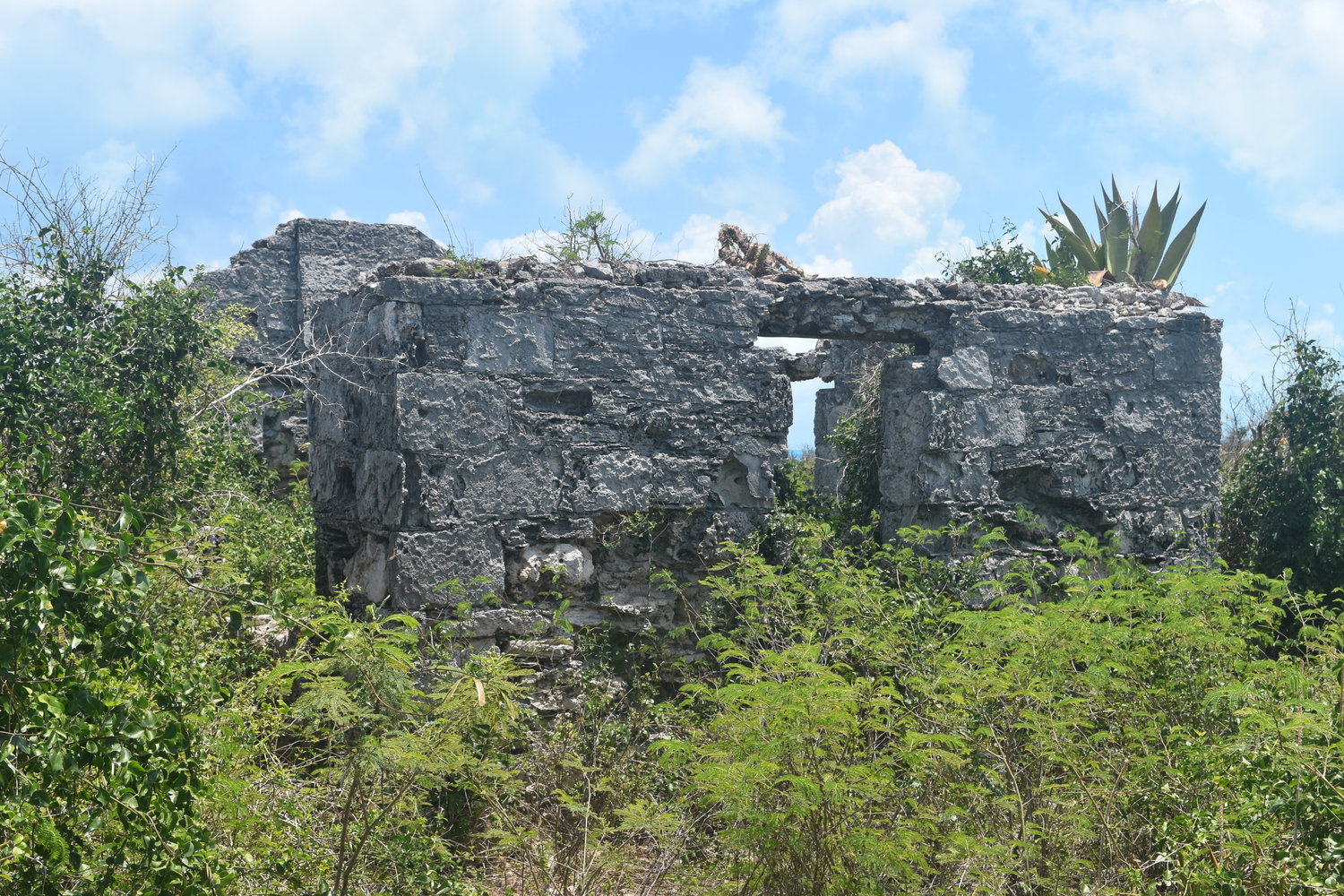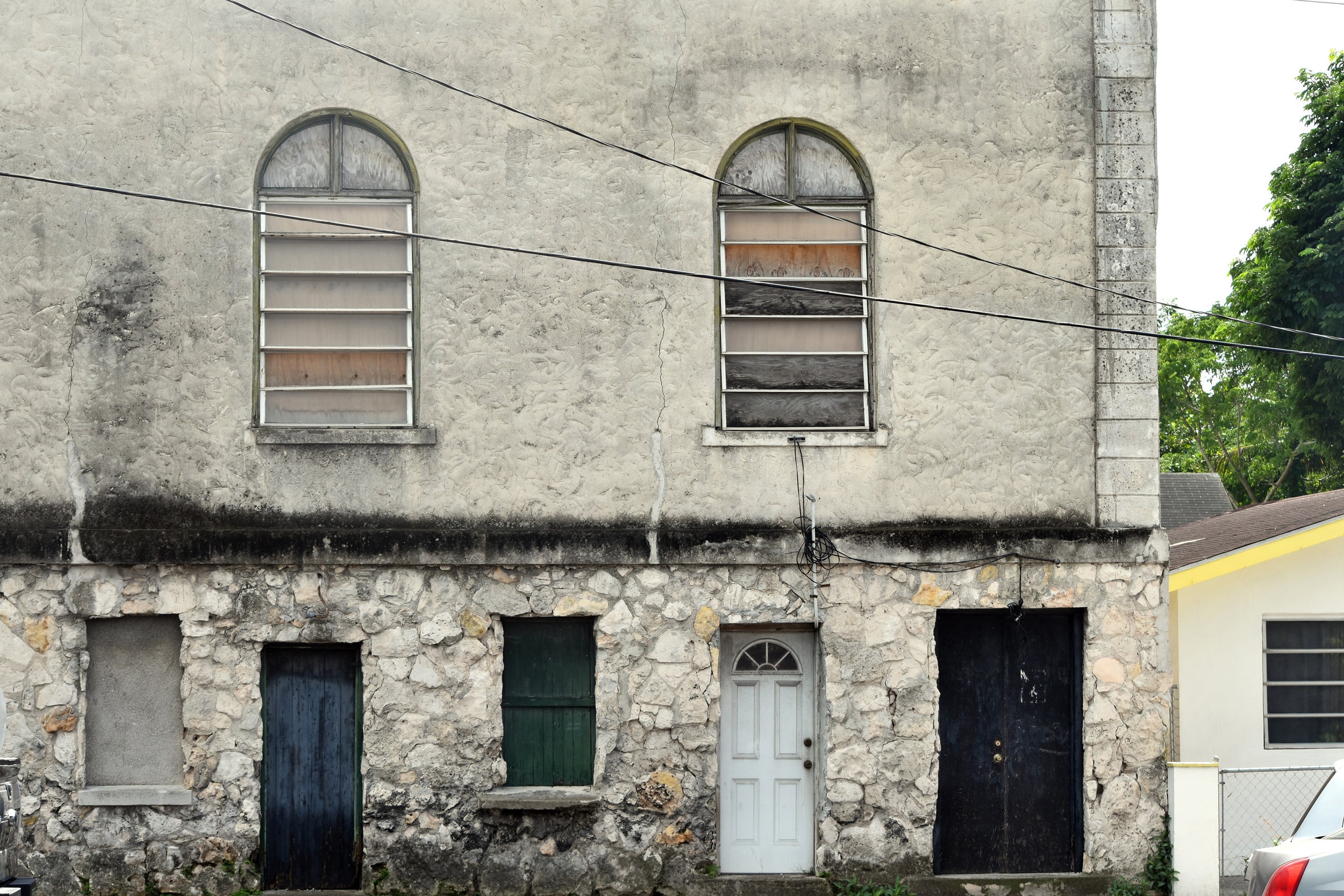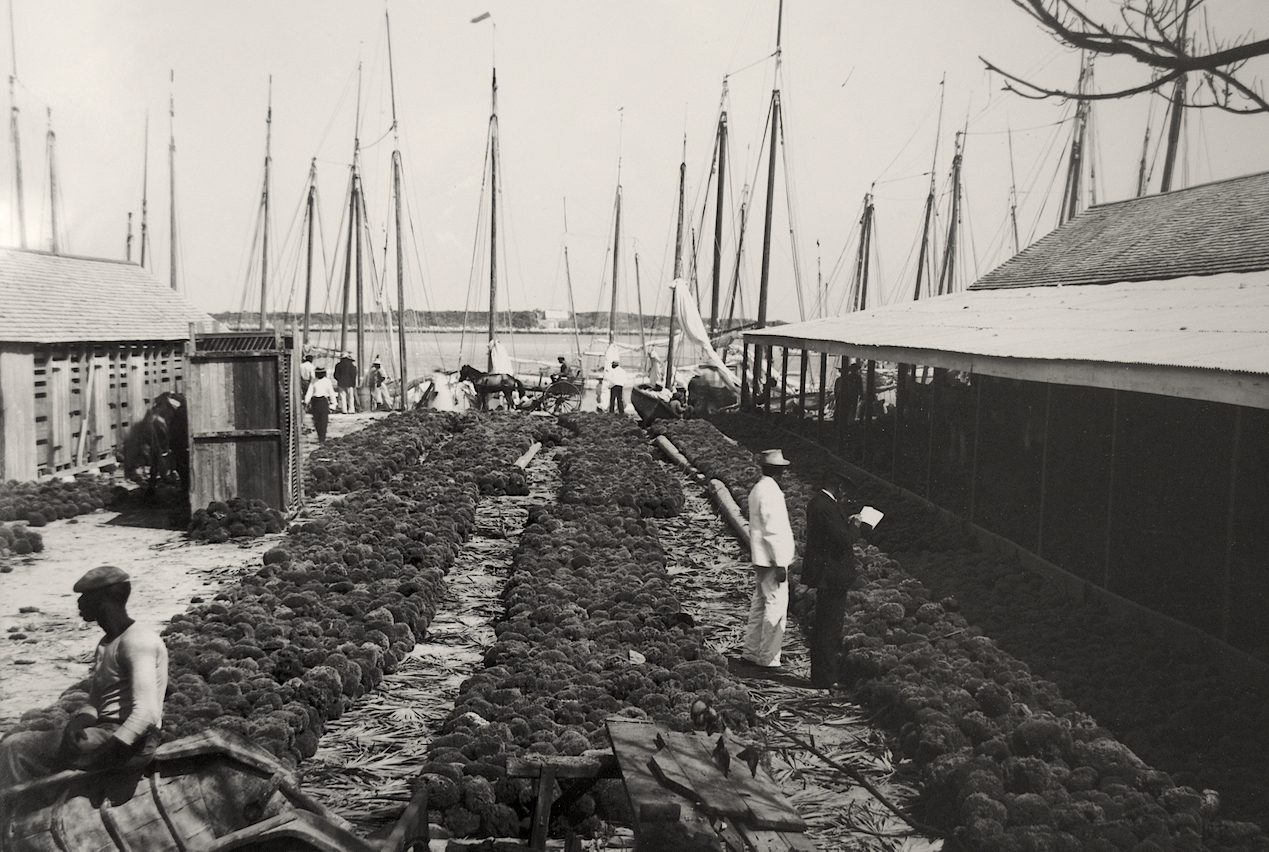Designing for Space: Working with Possible Futures in Mind
Ian Bethell-Bennett · 30

Colonialism and coloniality in design occur when little is left of the past to remind us of the physical reality. On a recent trip to Cape Town, I had the pleasure of enjoying two spectacular spaces of art and design that showed how important it is to think through purpose and landscape and how the beauty of both can be made functional in the spaces created.
I had the pleasure of stumbling into a nursery that doubled as an apparent antiquarian. The space was large and well-designed with room to breathe. Form and purpose combined with the art of design to speak to concepts of natural beauty, much like the wave design at the London Aquatic Centre at Stratford designed by Zaha Hadid especially for the 2012 Olympic games and constructed by Balfour Beaty; the perfect example of form, design and purpose merging and blurring lines of functionality and beauty.

Cape Town is an intriguing space of cultures coming together and history folding in on itself. South Africa is the space of double colonization, first by the Dutch then by the English who realised how incredibly rich the country and its territory were and so opted to fight the Dutch for control over the diamonds, gold etc. of the land in the Boer War (1899-1902), cinematized by Australian Bruce Beresford’s Breaker Morant (1980).
South Africa has become famous not only for being colonised by Dutch and English and for its natural wealth and beauty but also for its infamous turn towards Apartheid in the 1940s. Apartheid stripped away the rights from indigenous Africans who had once owned land and functioned as full citizens within the space. Certainly, the Dutch began a project with their East and West India companies that would later exploit all value in the colony. The English came in and took over under the Capitulation of Rustenburg in 1795. The space has become more infamous for the exploitation that followed after the Africaans government under P. W. Botha, Jan Christiaan Heinous, and F. W. de Klerk, in the waning years of the Apartheid regime, international pressure, especially from The Bahamas, began to mount against the government that sought to impose racialised violence, oppression, and dispossession as the rule of law.
Nelson Maldonado-Torres refers to this in part as “the coloniality of being” explaining how it is the colonialism can end but the systems of people remain deeply colonial in their lives and selves. Those last few years proved perhaps to be some of the bloodiest, but also the most resistant to state oppression, as one can see from reading texts like Biko by Donald Woods and Cry Freedom (1978), Breyten Breytenbach’s The true confessions of an albino terrorist (1984), and Alan Paton’s Cry, the Beloved Country (1948) and Nadine Gordimer’s July’s People (1981), and perhaps Rhodesian Dorris Lessing’s The Grass was Singing (1950). The trauma and nightmare of the time are fabulously communicated to the reader through these poignant texts. The legacy, of course lives on in physical spaces and bodies.
Cape Town has one of the most breathtaking natural beauties I had seen in a long time. In an earlier trip to Guadeloupe for the Tilting Axis 5 meeting whose focus was on “Decolonisation and Art Criticism”, the natural forested beauty of Guadeloupe spoke to a different kind of rugged beauty. The latter served as a king of opening to removing barriers to the ways we experience art and culture and in some ways breaking down the barrier between high art and art of everyday life. Art is function, like the Aquatic centre at Stratford.
The Zeitz Museum of Contemporary Art Africa at the (V&A) Victoria and Albert Waterfront in Cape Town is an amazing statement to artifice, function and art of design. It stands as a symbol a gathering of some of the most envelope pushing art I have seen. It not only speaks to beauty but critical discussion and challenge of history and History that has often silenced so much of the coloniality of the post-independence continent. This space must be brought into conversation with the District 6 museum that haunts well after one leaves. The haunting is essential as a reminder of the pain of dispossession and exploitation, and the immense spirit of survival and identity.
Walking through Cape Town was a constant reminder of a past that has never left. It is essential that we inhabit a space the pays respect to the past, as painful as it may be for the victims of senseless violence and the victors of historical genocide. So many spaces and places have a penchant to erase the past, which, as one drives down Market Street today, the empty lot where old buildings, homes and St John’s College once stood speaks to the silencing of the past.
The past has become a place that cannot be left because it reminds people. So as we develop spaces for commercialised gentrification, vestiges of the past must be taken down and we lose a truer sense of who we are.
Over-the-Hill, has always been portrayed as the essence of Blackness and where Black power really pushed through minority rule. It is slowly being erased.
District 6 Museum in Cape Town creates a narrative and a visual tactile idea of what real people lived through as their rights were stripped from them and they were removed from their homes. Of course, the art of forgetting is as dangerous as the art of remembering.
How is it that other places can transform spaces into art that combine the art and culture of day to day lives and the beauty of high design and functionality, yet we remain locked away from this in the way we simply bulldoze all aspects of identity left in the built environment and all foliage from the natural environment?
The joy and bliss of travel is that it stretches us to see things differently and to feel in ways that we have never imagined possible. The fabulous institutions like museums push us to think outside of their walls; it is here where music, visual and foodways the smells and feelings of a place bring cultures to life for all those who pass through.
The bursary, antiquarian, and cafe/weekend restaurant somehow brought all of this together in different ways as it showed the complexity of space and the multiplicity of experiences housed in spaces. 117 Kloof Yours Truly Cafe was yet another beautiful and pleasant space to experience.
Dr Ian Bethell-Bennett is a Bahamian academic and creative whose work explores Caribbean migration, displacement, and identity through photography, poetry, and critical essays. Influenced by thinkers like Gloria Anzaldúa and Édouard Glissant, he examines colonial legacies, gentrification, and the privatisation of public resources.


